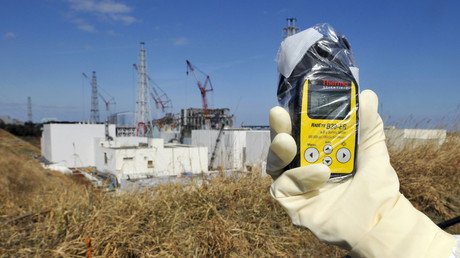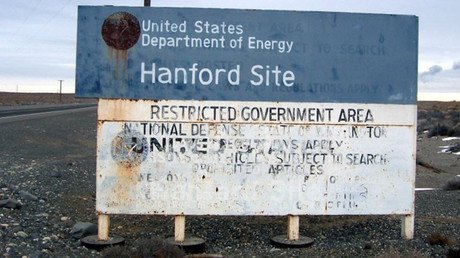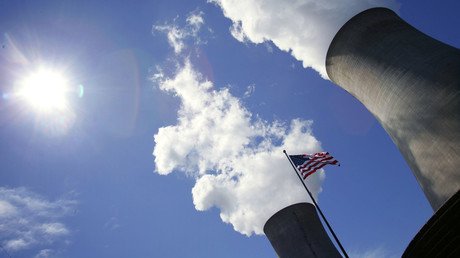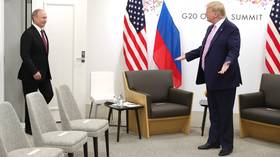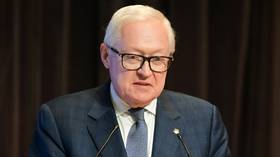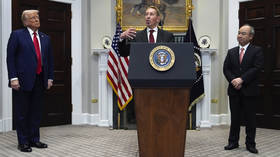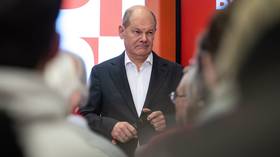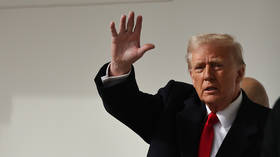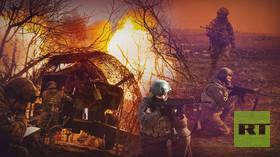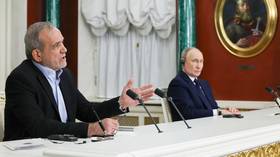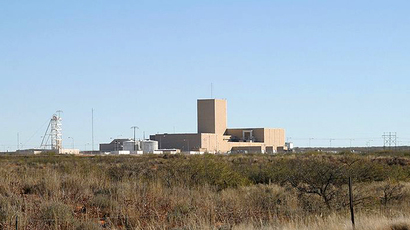Compensation denied to US nuclear workers to hush up Santa Susana radiation dangers – fmr employee
Cancer-struck workers at the Santa Susana Field Laboratory in California have been denied state compensation in order to keep the danger posed by the nuclear site to nearby residential areas out of the public eye, a former employee told RT.
READ MORE: Chernobyl 30 years on: Reliving horror of world’s worst nuclear accident
Hundreds of workers at the nuclear and aeronautical facility in Simi Valley, which was instrumental in the US space program from 1949 to 2006, have died or fallen ill due to exposure to radiation.
However, when those people applied for compensation in accordance with a US government program, their claims were denied, McClatchy DC reported.
The Department of Energy (DOE) explained the refusal by saying that the sick employees were unable to prove that they had worked in ‘Area IV’ at Santa Susana.
Only staff from this section are eligible for compensations as ‘Area IV’ was the location of nuclear reactor experimentations and development, according to the Department of Labor, which is responsible for making payments.
The workers argue that their “fluid” contracts allowed for them to be regularly dispatched to the radioactive section, but the government failed to maintain records of their movements.
The lawyers believe that laboratory staff should not prove their presence in Area IV at all as DOE contractors used the entirety of the site.
Former Santa Susana employee, William Shepler, who suffers from skin cancer and anxiety problems, was among those, who were denied their pay.
The management of Boeing, which acquired the California facility in 1996, made the decision to leaving sick and dying people without compensation because “they don’t know anything,” he told RT.
“And I think the DOE, probably, made a decision for Boeing and just told Boeing: ‘We know what to do and we’ll go along with it’,” the nuclear worker stressed.
The authorities “want to keep this small” because of the danger posed by the radioactive site, he explained.
“There are civilians living in Simi Valley and in the canyons near Santa Susana. And even in the [San Fernando] Valley. The evidence is there – there are high rates of rare cancers that are above the norm in the US,” Shepler stressed.
The situation would become “unmanageable” for DOE if the truth about the threat posed by the nuclear lab was made public, he added.
Since all reactors were considered experimental, they did not have containment structures, causing radiation leaks. “Santa Susana had no containment vessels. Chernobyl was like Santa Susana, I don’t believe it had containment for radiation,” the nuclear worker said.
Modern nuclear facilities are “relatively safe… but they were not safe in the 1950s when they were doing this work at Santa Susana,” he explained.
According to Shepler, he spent up to two years in the radioactive section of the laboratory, but it was not recorded because his official clock-in location had been in another part of the facility.
“I was given no credit for working at Santa Susana. For being in what they call Area IV” despite being involved in various projects at the lab in 1981-2005, including experimental reactor steam generation and space station electrical systems, he said.
Shepler insisted that he knows many former Santa Susana employees, who either died of or have “very serious forms of cancer” and have been denied compensation. Only a small number of former employees have been paid, the rest are “going to die off and that will be it,” Shepler said.
According to McClatchy DC, less than a third of over 1,400 claims filed by Santa Susana staff resulted in compensation being granted.
READ MORE: Chernobyl vs Fukushima: 2 ghost zones in haunting images years after nuclear disasters
Another Santa Susana employee, Dan Kurowski, died a “painful death, from pancreatic cancer attributed to his exposure to radioactive substances,” McClatchy DC reported.
“When I die, turn the lights off and watch me glow,” Kurowski once said to his wife Lorraine.
After Kurowski's death in 2003 with his claim still pending, his widow attempted to file a survivor claim. At her request Boeing, a major US defense company operating at Santa Susana Field Laboratory, emailed her that her husband’s personnel record had been destroyed.
McClatchy DC says Kurowski was not alone, since hundreds of Santa Susana workers got ill and eventually died of illnesses attributable to radiation exposure, most of them without compensation from the federal government.
Santa Susana Field Laboratory was mainly used for the testing of liquid-propellant rocket engines for US space programs. It was operated by private corporations for federal agencies, NASA among them, up until 2006. A cleanup operations contract was signed in 2007.
The facility saw numerous accidents, including a partial nuclear meltdown in 1959. The incident was not publicly disclosed until 1979.
According to the 1997 Epidemiologic Study to Determine Possible Adverse Effects, Santa Susana Field Lab workers showed higher rates of some cancers.
The study said that from 1988 through 1995, the rate of some types of cancer was more than 60 percent greater among those residents living within 2 miles of the field lab than among people living within 5 miles. These people suffered more from thyroid, upper digestive tract, bladder, and blood and lymph tissue cancers.
